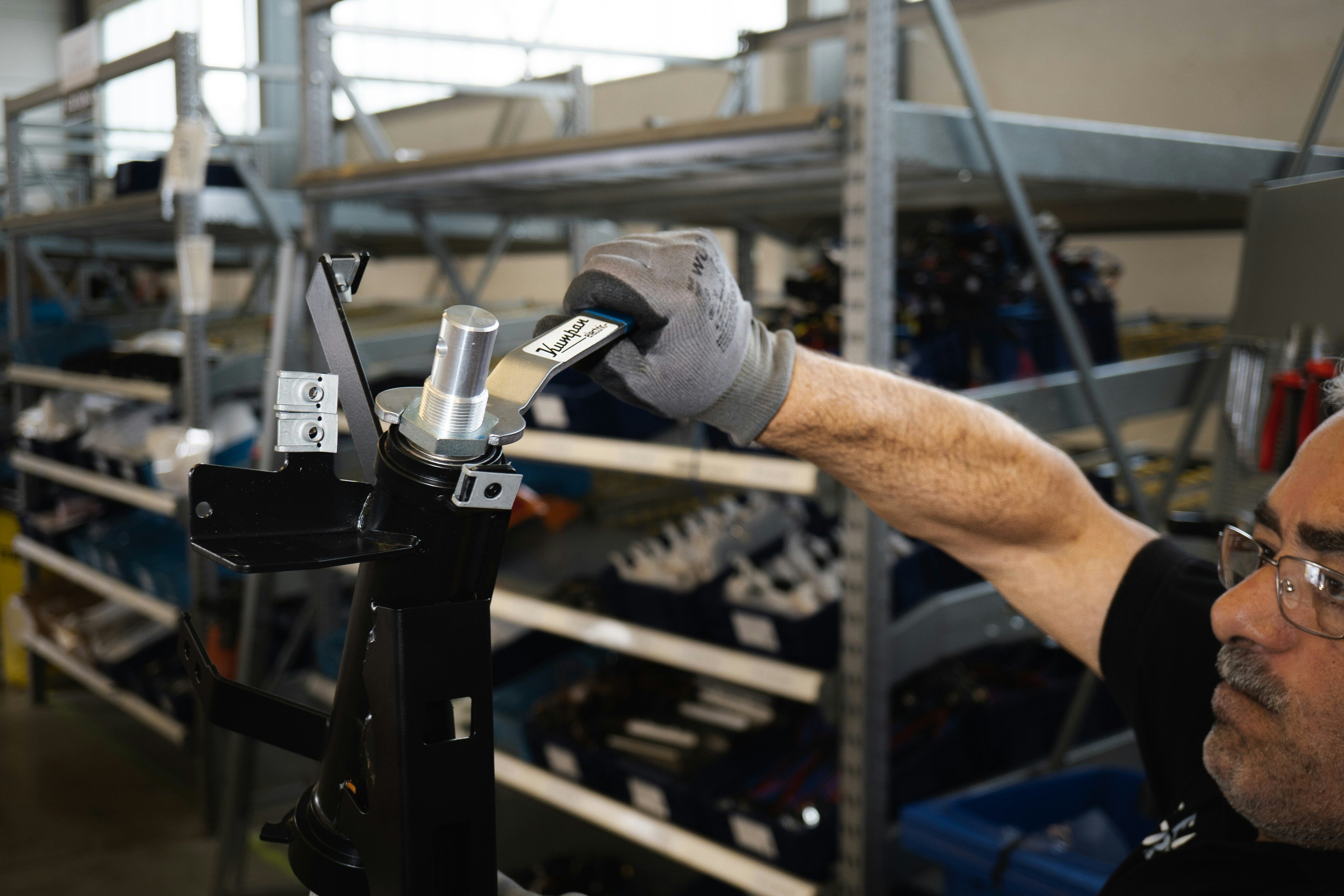The adoption of Electronic Visit Verification (EVV) systems and the focus on workforce development reflect a growing need for compliance, efficiency, and better care delivery.
Home care is expected to grow at a CAGR of 7.6% from 2023 to 2030, driven by an aging population and a rising demand for personalized care.
The Push for Tightened EVV Oversight
With the 21st Century Cures Act, EVV systems became mandatory for many home care providers. Now, regulators are enforcing more stringent compliance measures to ensure accountability and fraud prevention.
Challenges for Providers:
- Technology adoption hurdles: Many caregivers are reluctant or unable to adapt to new systems.
- Language barriers: Diverse workforces need training in multiple languages.
- Operational resistance: Agencies struggle with integrating EVV into their existing workflows.
How to Adapt:
- Invest in caregiver-centric training solutions: Ensure EVV training is accessible, engaging, and multilingual.
- Leverage tech integrations: Platforms like Nevvon offer solutions that seamlessly integrate EVV with agency management systems like HHAexchange, Alayacare, Axiscare and others.
- Monitor adoption rates: Use analytics to identify and address barriers to adoption proactively.
Investments in Caregiver Training: A Win-Win
Caregivers are the backbone of home care, but high turnover and burnout threaten the industry's stability. Agencies are increasingly investing in training programs to improve retention and care quality.
Why Training Matters:
- Compliance with regulations: Training ensures agencies meet state-specific caregiver requirements.
- Improved retention: Trained caregivers feel more confident and valued, leading to higher job satisfaction.
- Enhanced care delivery: Continuous education empowers caregivers to handle complex cases, from dementia care to chronic disease management.
- EVV Adoption: Comprehensive training simplifies the transition to EVV systems, ensuring caregivers can effectively utilize the technology, meet compliance standards, and improve service delivery.
Nevvon’s Role:
- Multilingual Training: Offers culturally relevant, mobile-friendly modules in 11 languages, addressing diverse caregiver needs.
- On-the-go Learning: Enables caregivers to complete courses asynchronously, reducing operational disruptions.
- Retention Boost: Engaging training keeps caregivers motivated, reducing turnover.
The Rise of Tech-Driven Solutions
From AI-driven scheduling tools to integrated HR platforms, technology is changing home care operations faster than ever. However, the key lies in seamless implementation and user-friendly interfaces.
Overcoming Tech Resistance:
- Pilot Programs: Start small to build trust among caregivers.
- Feedback Loops: Continuously adapt solutions based on user feedback.
- Champion Training: Identify and train tech champions within the workforce to support peers.
Practical Tips for Home Care Providers in 2025
-
Audit Your Systems: Regularly assess your EVV and training programs for gaps and inefficiencies.
-
Engage Caregivers: Solicit feedback to design solutions that meet their needs and reduce resistance.
-
Stay Ahead of Regulations: Monitor changes in state and federal policies to ensure compliance.
-
Leverage Partnerships: Collaborate with organizations like Nevvon to implement scalable and compliant training solutions.
Navigating the Future Together
The trends of 2025 reflect a pivotal shift in home care, where compliance and caregiver empowerment are taking center stage. By staying proactive and investing in the right tools and training, agencies can thrive in a competitive and regulated landscape.

